|
Not so long ago, if you had asked me what there is to do in and around Moffat, my meagre offering would only have extended to the Grey Mare's Tail Nature Reserve and the Woollen Mill, although personally I would give the Woollen Mill a miss unless you enjoy outdated tourist outlets which primarily cater for multiple coach parties.
This is shameful on my part as I pride myself on knowing most parts of Scotland reasonably well and I have travelled pretty extensively around most other areas of Dumfries and Galloway, a region that I have a real soft spot for. However, for some reason Moffat had fallen under my radar until recently. This is despite the fact that I visited frequently as a child and have happy memories of walks among the green, rolling hills. Perhaps grown up memories of coach stops at the aforementioned woollen mill are responsible for not leaving me with a burning desire to return to the town!
On a couple of recent return visits to South West Scotland, I was encouraged to factor more of Moffat in to my travel plans and I thank those locals that introduced me to the many gems in and around the town that reaffirmed my childhood love of the place and wiped out any notions of it as a mere tourist coach stop from a bygone era. Hopefully my guide of recommended things to do in Moffat will in turn encourage you to spend a bit more time in the town which is brimming with history and friendly folk. A guide to my recommended things to do in and around Moffat
You can find full details of all the places I recommend below and I've added them all to this handy map to help your planning.
Wander Moffat Town Centre
With free parking and a plentiful offering of independent businesses, including shops and cafes, Moffat High Street is a joy to explore. Many of the buildings have retained their historic character which adds to its attractive appeal. Some places of note to look out for as you walk around include Moffat Museum, the famous Moffat Toffee Shop, the Star Hotel (see below for more info), the oldest pharmacy in Scotland and the Moffat Ram, a bronze sculpture which sits on top of a fountain.
The sculpture was commissioned in 1875 to celebrate the town's long association with sheep farming and the wool trade. The sculptor of the ram was William Brodie who is probably best known for another of his statues, Greyfriars Bobby in Edinburgh. If you look closely, you will see that the ram has no ears, a mistake that was publicly pointed out at the unveiling ceremony to the rather embarrassed Brodie! If you've worked up an appetite, I can recommend Brodies on Holm Street for something to eat. Visit The Famous Star Hotel - the narrowest detached hotel in the world
Officially recognised by the Guinness Book of World Records - The Famous Star Hotel, which dates back to the late 1700s, is the narrowest hotel in the world. It is a mere 20 ft wide although thanks to its height and length it manages to pack in 8 en-suite bedrooms, 2 bars and a restaurant.
The distinctive tall, narrow building is found on the High Street and visiting it is a unique experience that should be on your Scotland bucket-list. This post is part of a paid partnership with Gateway to Galloway to showcase the Lighthouses of the Rhins Tour For a long time I've tried to work out where my own fascination with lighthouses stems from and I know I'm not alone, there is even a name for lighthouse buffs (pharophiles if you're interested). Although I wouldn't claim to travel somewhere just to visit a lighthouse, if there is one in the general vicinity, I'll more than likely divert my route to see it, and then take a million photographs of it, from every angle. For me, as a coastal lover, I think it is partly to do with reaching a place where the land meets the water and generally I find lighthouses to be eye-catching enhancements to already picturesque places. However, I'm also in awe at how these monuments mark out a battle line between man and Mother Nature, a battle to engineer a building that defies the elements and a battle to stop another life being swallowed by the gluttonous belly of the sea. Stop 1 - Port Logan LighthouseThese are my thoughts as I'm drawn like a moth to the stumpy grey beacon that sits at the end of the pier in Port Logan. It is not the most aesthetically pleasing lighthouse but its location guarding over the sweeping silvery bay and white-washed cottages of the village more than makes up for what it lacks in beauty. The 25ft high landmark complete with bell tower dates back to 1818, and along with the pier, is the most westerly work of the famous engineer Thomas Telford. This is the first of four lighthouses in the area that I plan to visit over the course of a day as I follow the new Lighthouses of the Rhins trail around the Galloway coast. There are six lighthouses to visit in total, and although you can drive to them, hiring an electric bike offers a more eco-friendly and in my opinion, enjoyable alternative as I discovered when I picked up my hired E-bike at my next stop in Portpatrick. Stop 2 - Portpatrick LighthouseThis post is part of a paid partnership with Visit South West Scotland to showcase the beauty of the night sky and the many diverse attractions in this part of the country A 3 day itinerary for exploring South West ScotlandNot only is the South West of Scotland packed with attractions for all ages and interests, it is also one of the best places in the country to enjoy a dark sky experience and stargazing has become one of the most popular evening activities. You could get away from it all and hang out beneath the stars in the peaceful Galloway Dark Sky Park, or do as I did, and base yourself in Moffat, Europe's first Dark Sky Town. Staying here offers the best of both worlds, a bustling hub of independent shops and cafes during the day, and easy access to the wonders of the night sky after dark thanks to a community observatory and special lighting that keeps light pollution levels low. Moffat is surrounded by forests and rolling hills, yet it is only 1 hour from Glasgow and 90 minutes from Edinburgh making it a great destination for a nature break. It also acts as a convenient gateway to the many attractions in the South West of Scotland as I found out on my recent trip. From hiking one of the UK's Highest waterfalls to following in the footsteps of Scotland's National Bard or exploring a historic mine in Scotland's highest village, there is plenty to keep you occupied during the day while you wait on the sun to set and the night sky to shine. Here is my suggested 3 day itinerary for sampling some of the best things to do in the area - Day 1 - Immerse yourself in the spectacular scenery & dark skies of MoffatSTOP 1 - EXPLORE MOFFAT - EUROPE'S FIRST DARK SKY TOWN Moffat has a nice mix of historic charm and green spaces. Take a wander along the High Street filled with quality and quirky independent businesses including the famous Moffat Toffee Shop overflowing with colourful old-school sweetie jars and local sugary treats. Other points of interest are Scotland's oldest pharmacy dating back to 1844, the world's narrowest hotel and a sculpture of the Moffat Ram by William Brodie who is probably best known for another of his statues, Greyfriars Bobby in Edinburgh. It was commissioned in 1875 to celebrate the town's long association with sheep farming and the wool trade. Stop by the old churchyard dating back to around 1600 or take a short walk to Station Park, an oasis of greenery with a popular boating pond. You can easily fill a morning strolling around the town and if you've worked up an appetite, I can recommend Brodies on Holm Street for lunch or a tea and cake stop. You might like to read my guide with more things to do around Moffat STOP 2 - HIKE UP GREY MARE'S TAIL WATERFALL Grey Mare's Tail is one of the UK's highest waterfalls and despite being only 20 minutes from Moffat, the short drive from the town through hills and glens is as scenic as any in the Highlands, with the occasional sheep jam to contend with. If you didn't think you could find landscapes like this in the south west of Scotland, it might be time to visit for yourself and revaluate your preconceptions about this part of the country. I'm not going to sugar-coat it, the hike up the waterfall is a proper workout and you will need sturdy shoes and some basic walking gear, but if you are able, the vistas from the top where the water plunges down 60m to the valley below are well worth the effort. If that sounds more than you can manage, you can still enjoy some fantastic vantage points without too much of a climb or just chill out at the viewpoint at the bottom. STOP 3 - LOOK DEEP INTO THE NIGHT SKY AT MOFFAT OBSERVATORY Although you can see thousands of stars, some planets and a few other space objects with your naked eye on a clear night, there is so much more you can see with a professional telescope and a bit of expert guidance as I discovered at the Moffat Community Observatory. Located a 5 minute drive or 15 minute easy walk from the town centre, the observatory is open to the public and anyone can book an 'Introduction to Astronomy Session' for free (although donations are appreciated). My tutor for the night was Stephen Hunter, a local astronomer and astrophotographer with a real enthusiasm for his subject which really rubs off on you. Visits do depend on the sky being clear enough to view astronomical objects so basing yourself close by and being flexible increases your chances of being able to see something. Luckily, my visit coincided with an almost cloudless evening and before long I was viewing the swirls of the Whirpool Galaxy, the aptly named Ring Nebula, the spirals of Bodes Nebula and the Hercules Globular Cluster which looked an explosion of stars on the telescope lens. Stephen's knowledge allowed him to pick out the best objects given the time of year that would showcase the variety of astronomical objects that lie beyond what you can see with the naked eye. I had a fascinating night and despite having only basic knowledge when I arrived, I left armed with lots of new facts and a greater appreciation of the many mind-blowing things that surround our little planet. Day 2 - Follow the Robert Burns Trail around DumfriesSTOP 1 - VISIT ELLISLAND FARM, THE FORMER HOME OF ROBERT BURNS About 40 minutes from Moffat and 15 minutes from Dumfries is Ellisland Farm, a former home of the famous Scots poet Robert Burns. The buildings he designed have changed little since he lived there with his wife Jean Armour from 1788 until 1791 and despite only spending a small part of his life at Ellisland, he produced a vast amount of writing and some of his most notable work there including 'Tam O'Shanter' and 'Auld Lang Syne'. View the preserved interior and follow in the poet's footsteps along the River Nith which provided him with endless inspiration. Recently taken over by a new trust, business development manager, Joan McAlpine, shared lots of exciting future plans for the farm which will further add to the visitor experience including a renovated cottage which will be opened as holiday accommodation in the near future. I'm already excited to stay there! If you are looking for a more authentic Burns attraction rather than a museum, Ellisland Farm ticks the boxes. STOP 2 - PAY TRIBUTE TO THE POET AT THE HOUSE WHERE HE SPENT HIS FINAL YEARS Visit Burns House where the poet lived out the final years of his life until his death on 21st July 1796 and where his wife Jean Armour continued living until her death in 1834. Today it is a free to visit museum and has been designed to give an idea of how the Burns family lived. There are numerous artefacts owned by Burns on display and a guide is on hand to answer any questions you might have. A highlight is his small study complete with desk and if you look closely at the window you will see where he engraved his name on the glass. STOP 3 - GO FOR A WANDER AROUND HISTORIC DUMFRIES
About Robert Burns
Robert Burns was born on the 25th January 1759 in a small cottage in Alloway, Ayrshire to farmer parents. His father ensured he received a good education despite his social status and being an enthusiastic and well-read student helped to elevate his own creative writing.
However, despite his growing fame as a talented wordsmith, he continued farming for much of his life, leading to him being named the Ploughman Poet. Often described as a complex character, he frequently voiced radical views and was notorious for drinking and womanising. Despite his flaws, it is hard to deny his talent as a poet and songwriter. Although he was only 37 years old when he died, he produced a huge amount of highly regarded written work during his short lifetime and every year on the date of his birth, his life and legacy are celebrated during Burns Night. Considered Scotland's national bard, Robert Burns died on 21st July 1796 but he lives on through his words and the many places connected to him. Places connected to Robert Burns in Dumfries
If you want to find out more about the life of Robert Burns or are a fan of Scotland's national bard, there are two areas of Scotland you will want to visit. The region of Ayrshire where he was born and grew up, and the neighbouring region of Dumfriesshire where he spent the latter part of his life and died at the young age of 37.
This blog post concentrates on the places connected to Burns in and around Dumfries. If you only have one day to spare, you can visit many of the places mentioned that lie within the town of Dumfries, but I recommend setting aside two days or more if you plan to visit all the stops I've listed. Robert Burns House
When Robert Burns first moved to the town of Dumfries he lived in a small flat in Bank Street, or what was then known as the Wee or Stinking Vennel - sounds delightful! In May 1793, Burns and his family moved up the property ladder to a pretty sandstone house in Mill Street, now renamed Burns Street. Their new home was classed as a good standard for the time, with two bedrooms, a parlour, a kitchen and a small study - they even employed a maid servant.
This is where Burns lived until his death on 21st July 1796 and his wife Jean Armour continued living in the house until her death in 1834. Today it is cared for by the local council and open to the public. The interior has been designed to give an idea of how the Burns family lived and the small study still contains the poet's desk and chair. There is Burns memorabilia throughout the house and a guide is on hand to answer any questions you might have. There isn't a huge amount to see, however visiting the home where the poet spent the latter years of his life has unsurprisingly become a vital part of the Burns pilgrimage trail. It is free to visit (although donations are appreciated) and still makes for an interesting stop even if you only have a passing interest in Scotland's national bard. Robert Burns Centre
Another free attraction, this is the best place to find out more about the poet's time in Dumfries. A small exhibition with information boards and artefacts connected to Burns, document his move from Ayrshire to Ellisland Farm in Dumfriesshire, his subsequent move to the town of Dumfries, his final years, and his funeral.
There is information on his occupation as a local exciseman, his character, and his beliefs, which build a picture of a complex personality and respected local figure. By the end of your visit to the Robert Burns Centre, you will undoubtedly feel like you know Rabbie a bit better than when you arrived. For me, a highlight was a model of what Dumfries would have looked like during Burns time as I could digitally navigate some of the historic buildings and find out a bit more about their background before looking out for them on my afternoon wanders around the town. Burns Mausoleum |
Follow my Scotland travel adventures on social media
If you have found my blog useful and would like to support me in creating future Scottish travel content, you can by me a coffee on my Ko-fi page. All 'coffee' donations are hugely appreciated
|
NEED SOME HELP PLANNING YOUR TRIP TO SCOTLAND? BOOK A ONE-TO-ONE VIDEO CONSULTATION
FOLLOW MY ADVENTURES AROUND SCOTLAND ON
|
If you have found my blog helpful or inspiring, you can support me in creating future Scottish travel content for the price of a coffee at my Ko-fi page. All 'coffee' donations are hugely appreciated and all funds will go towards covering the running costs of my website and the occasional caffeine fix! |
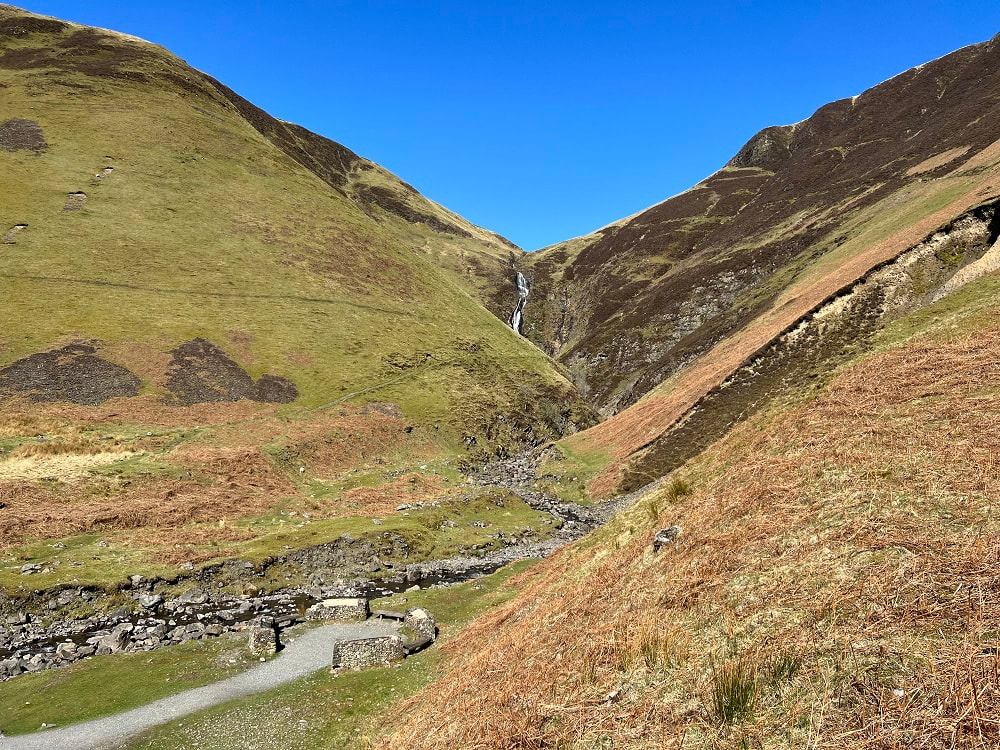
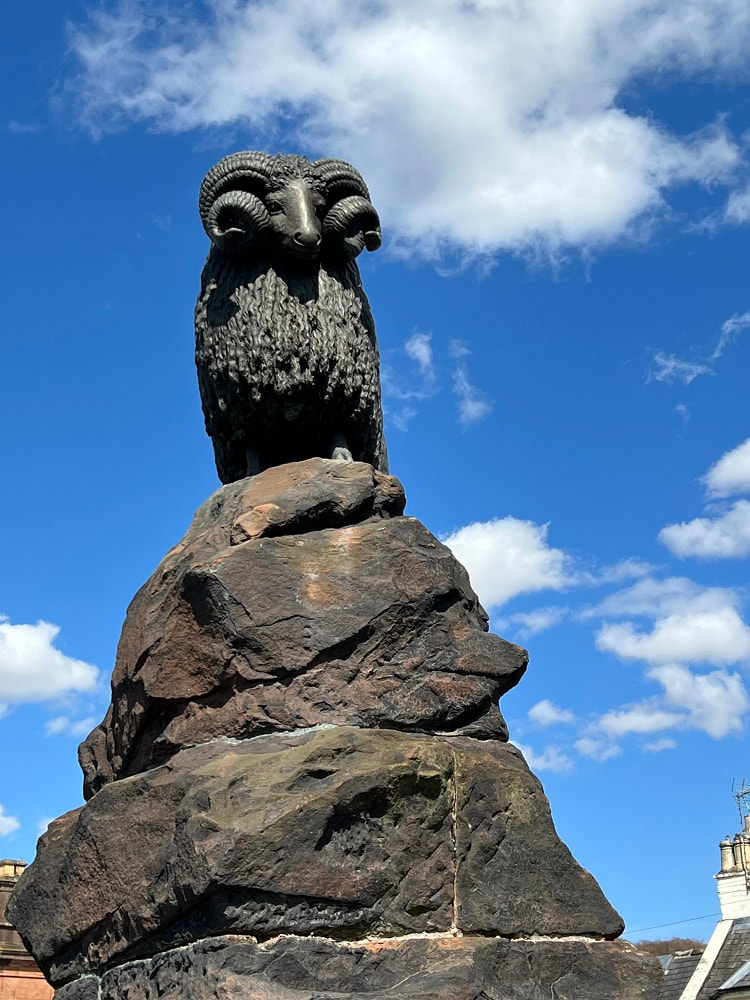
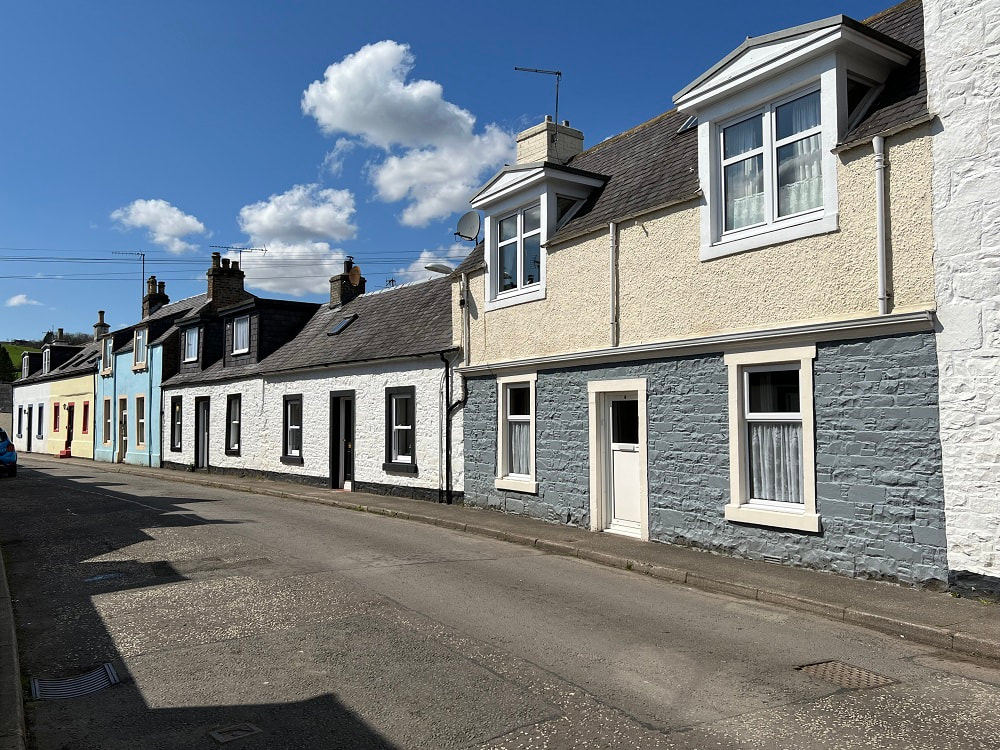
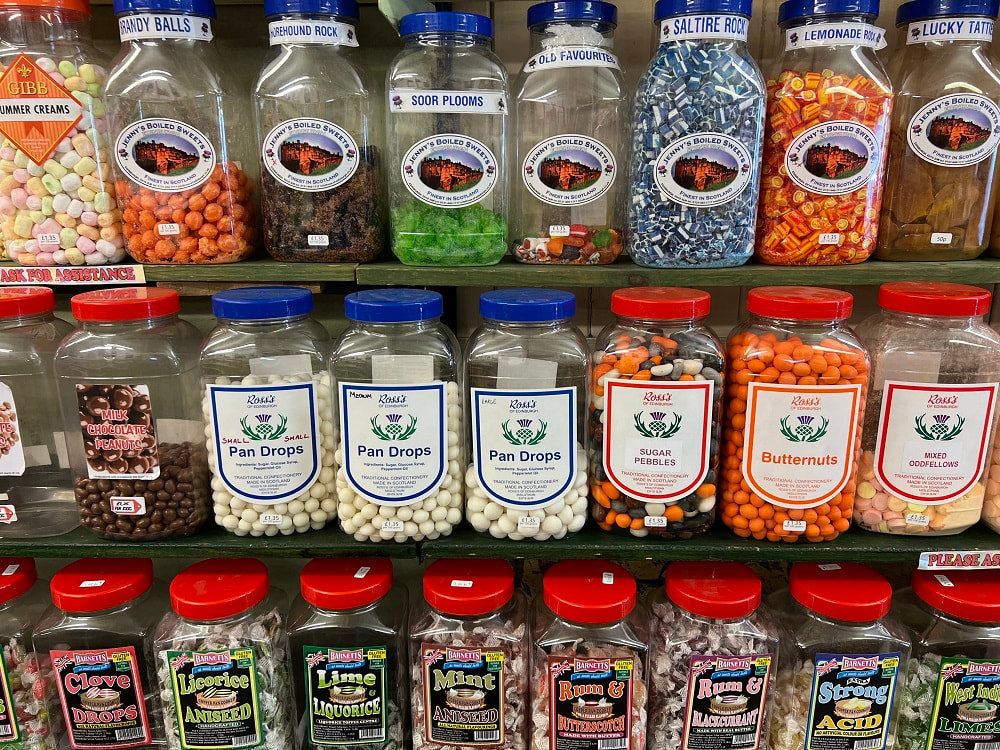
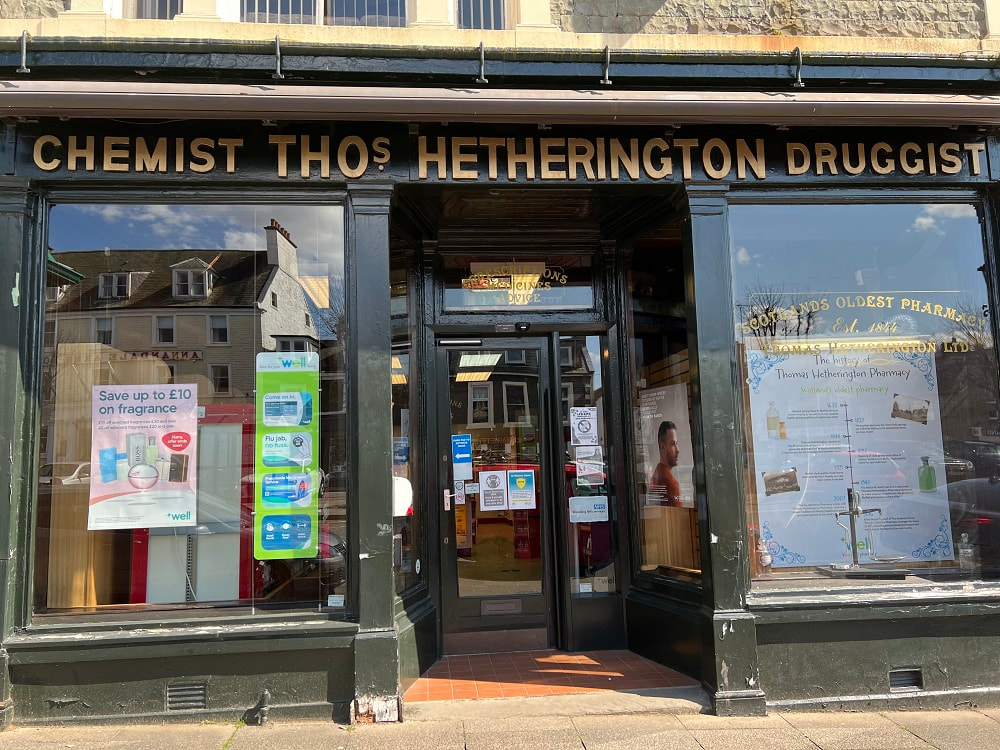
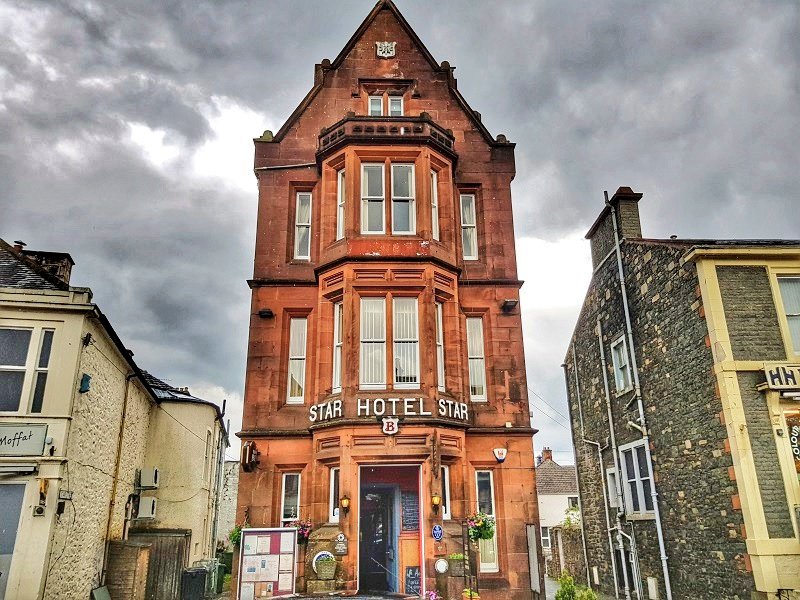
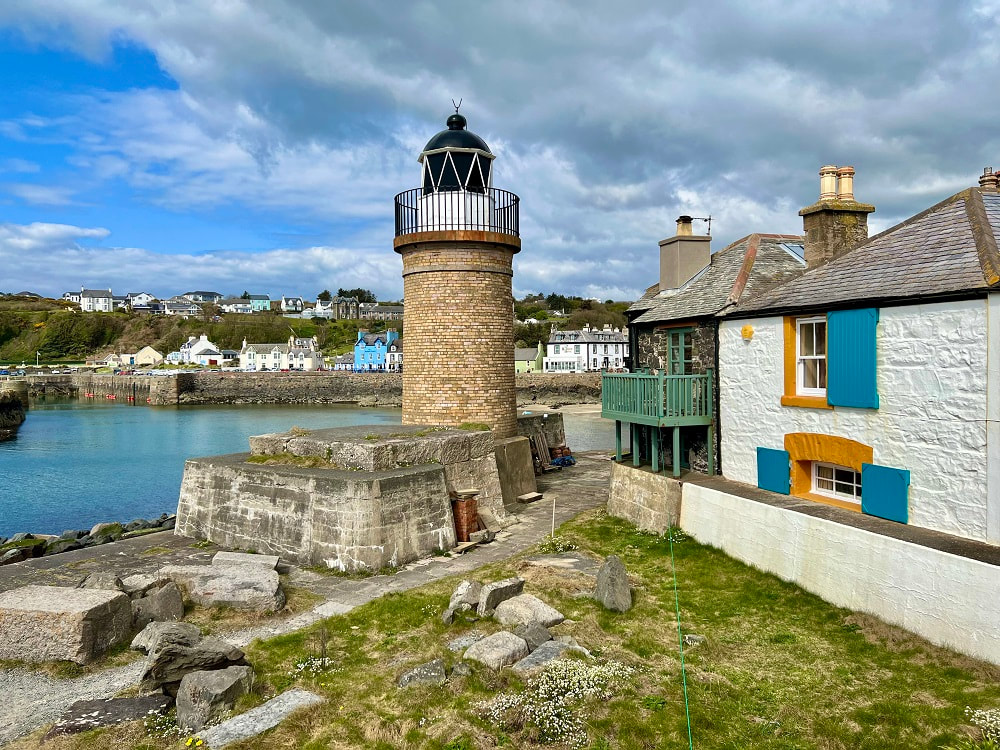
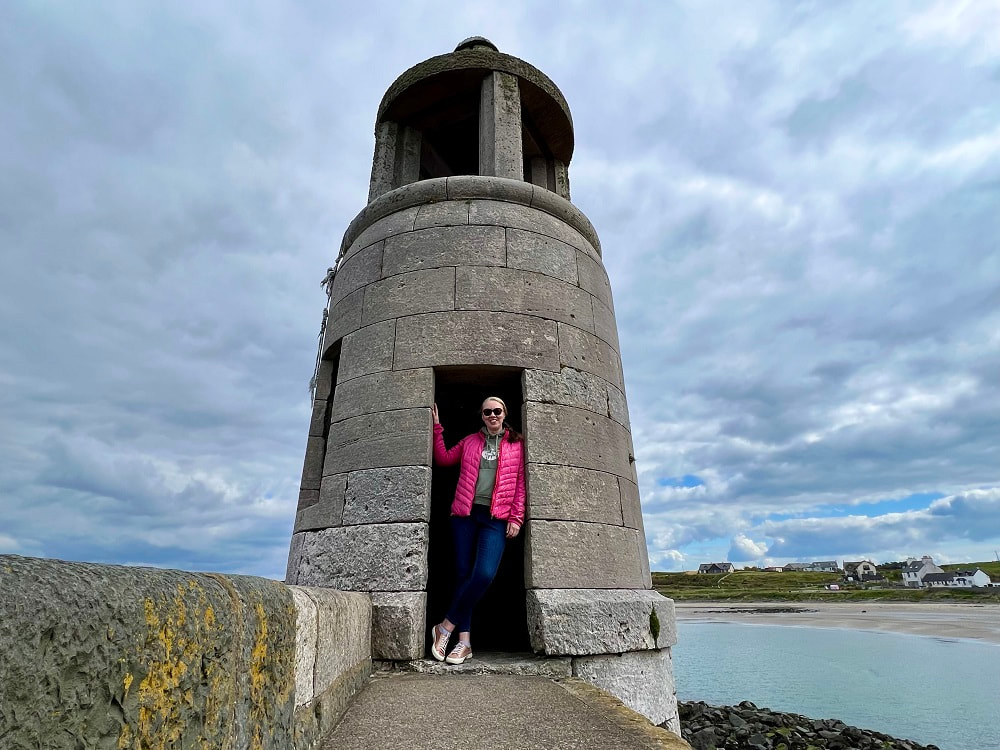
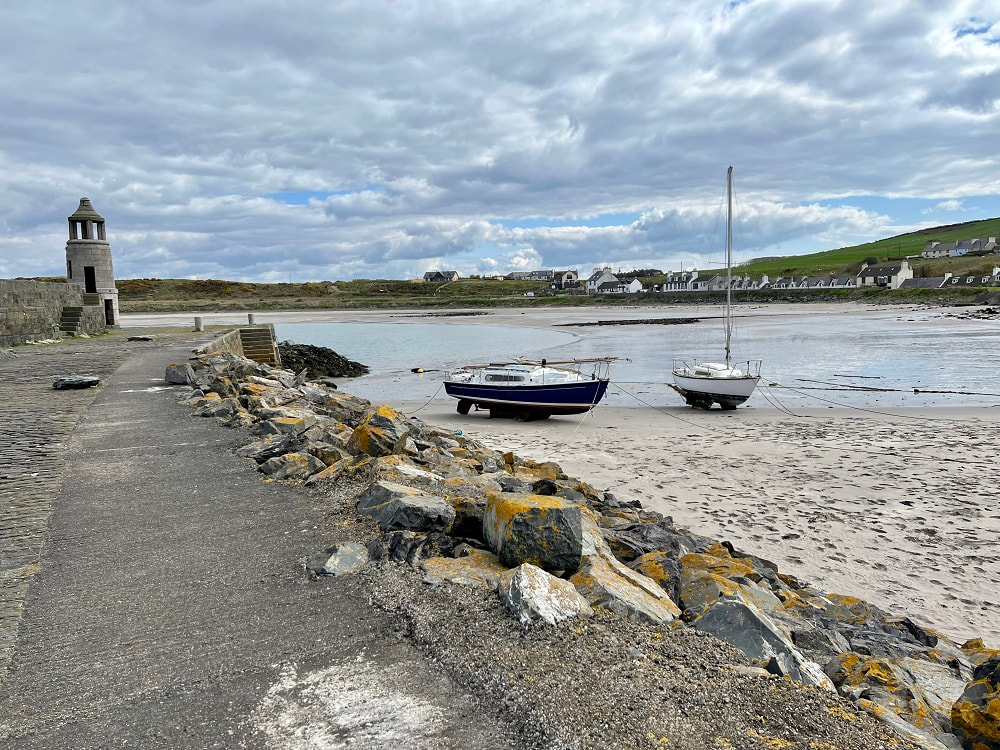
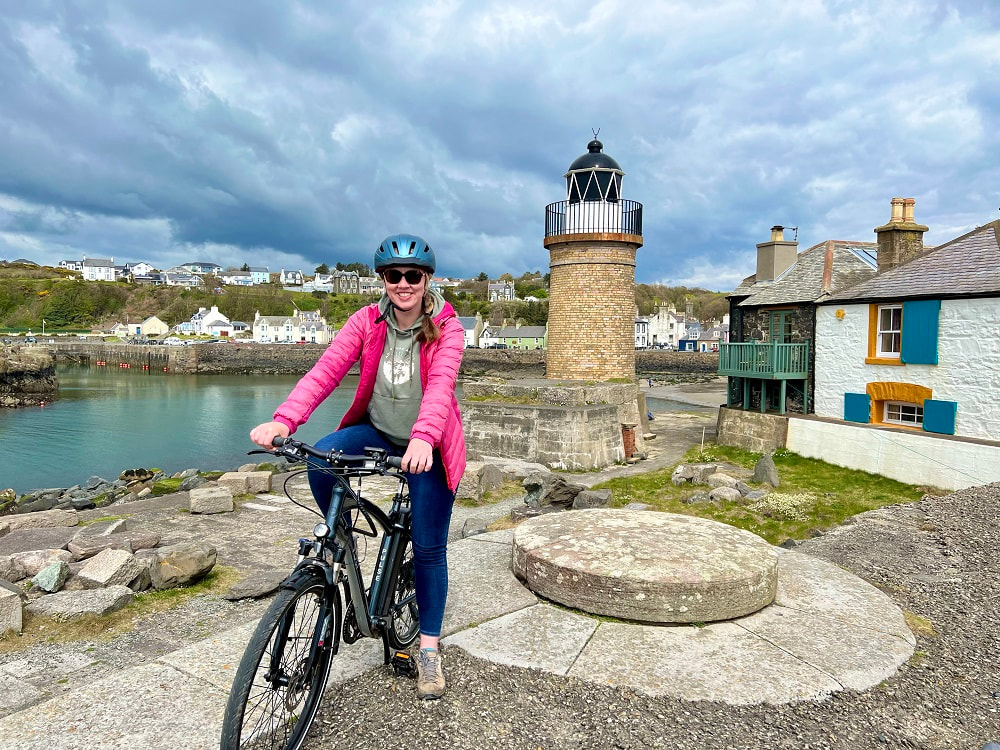
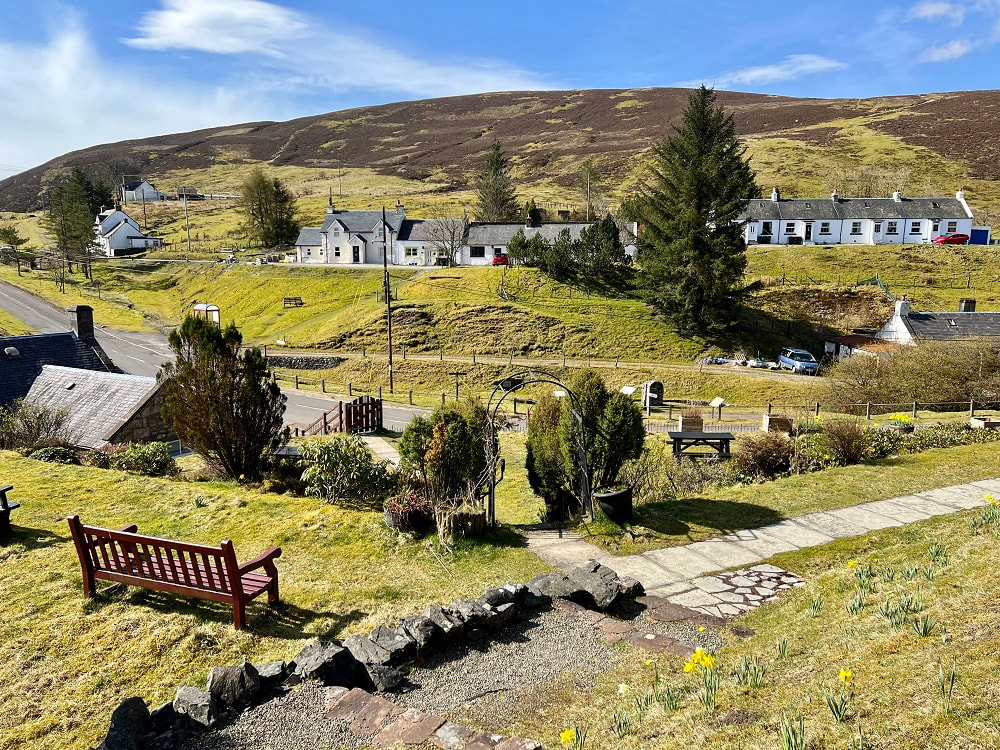
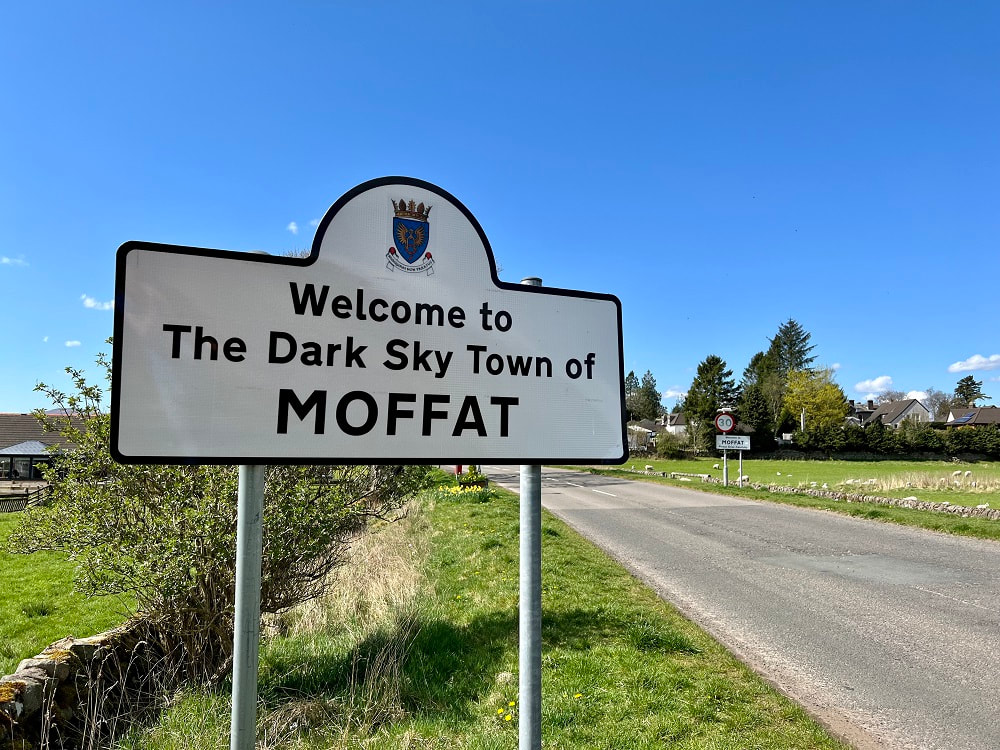
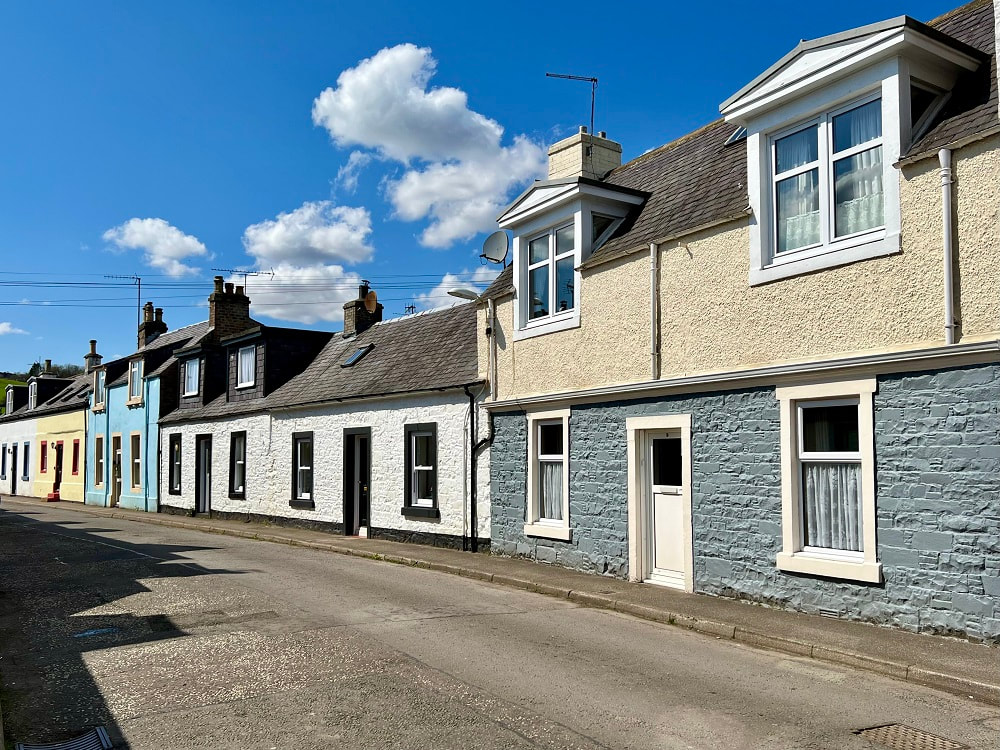
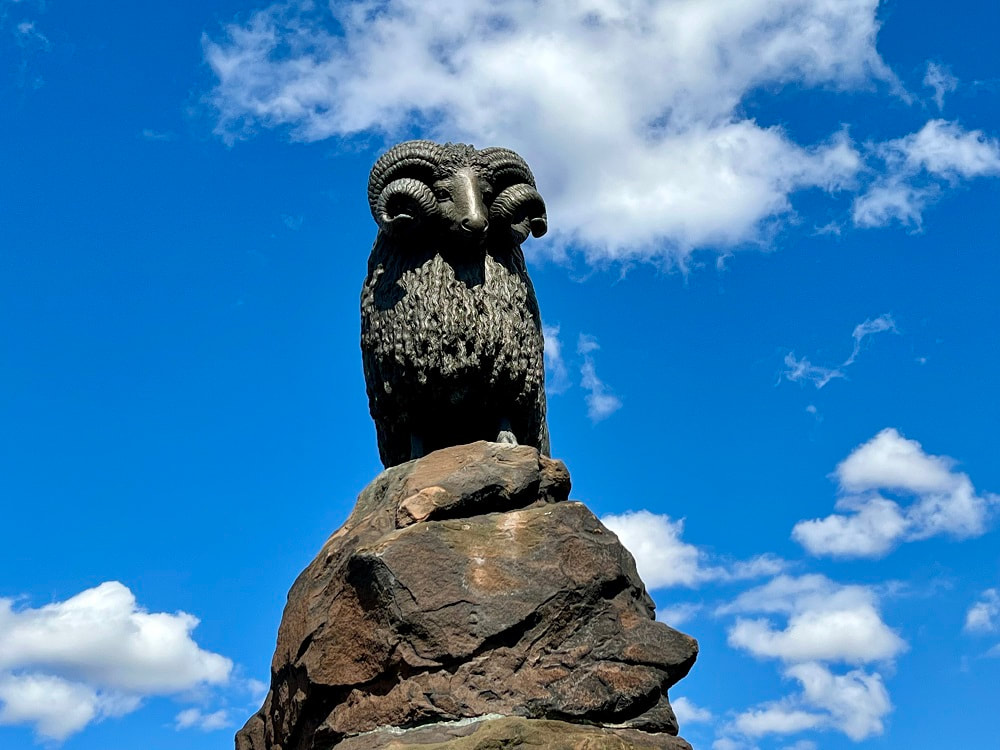
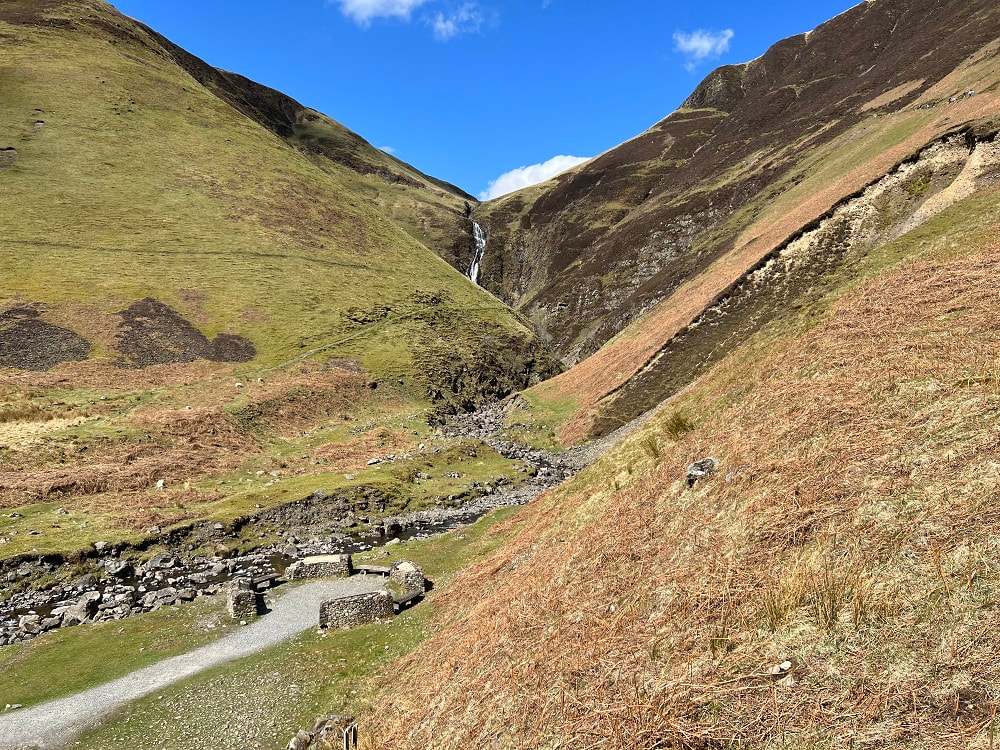
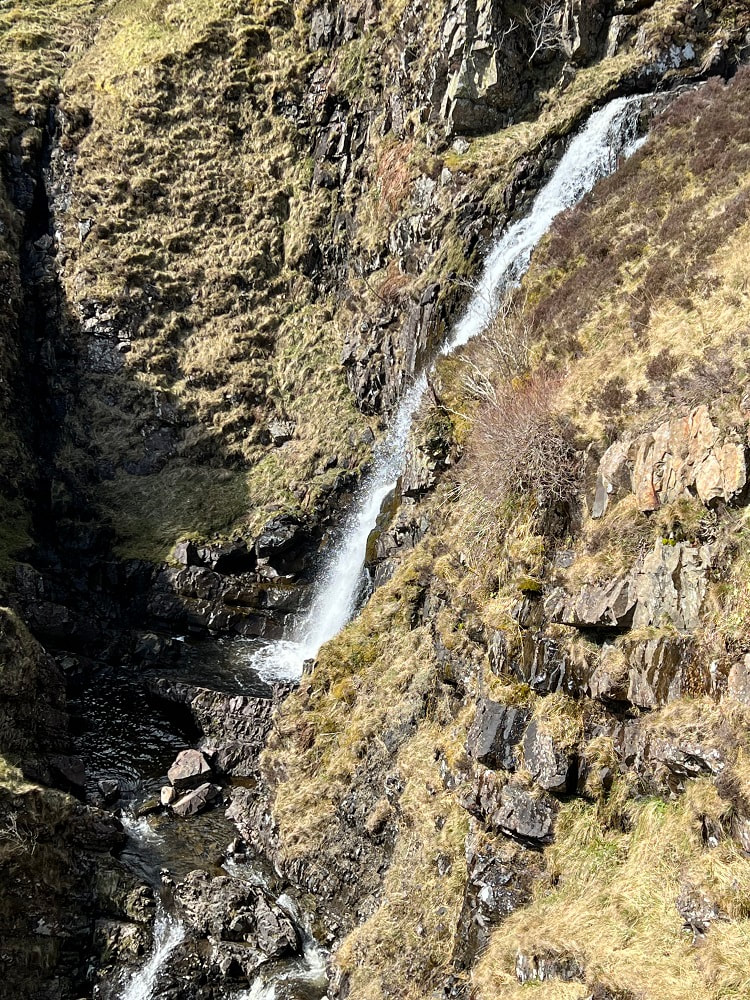
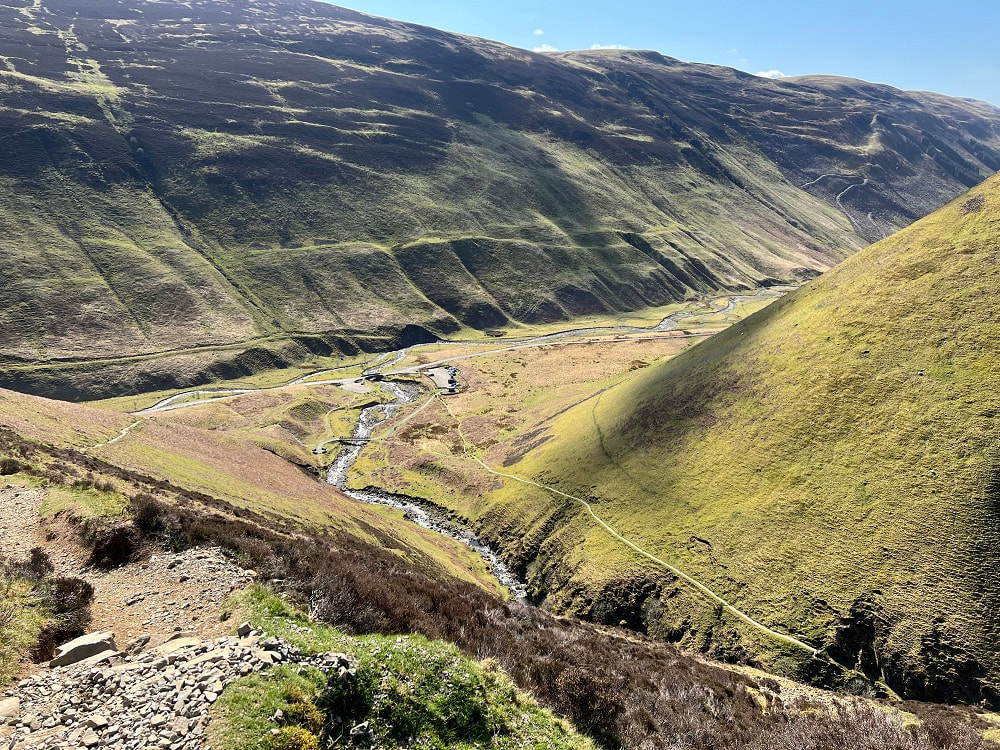
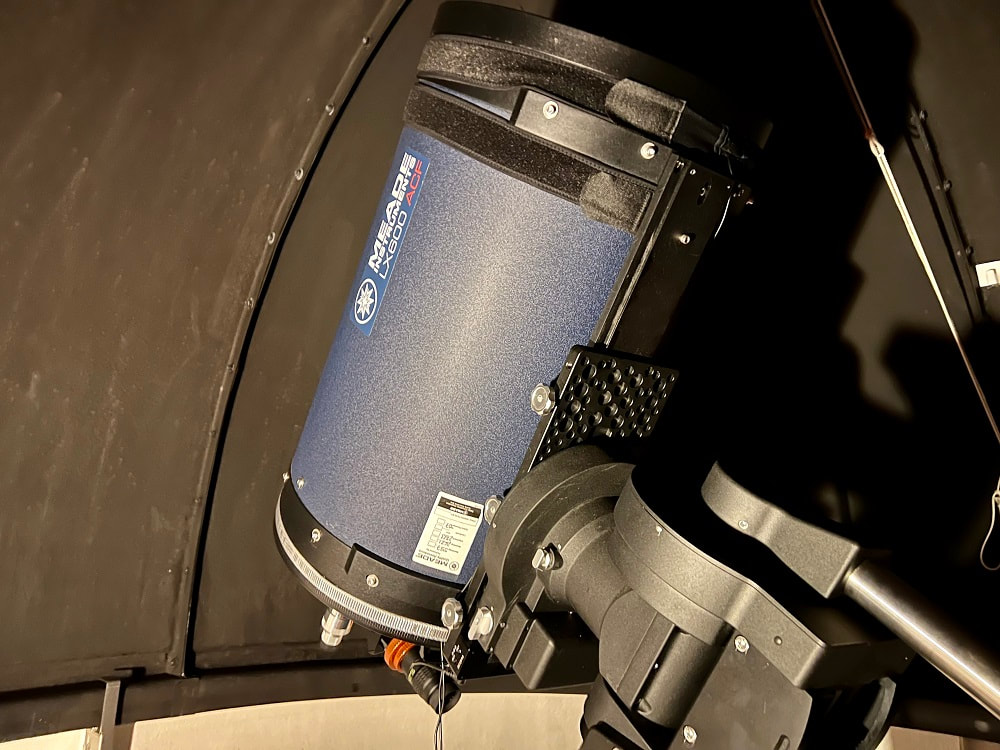
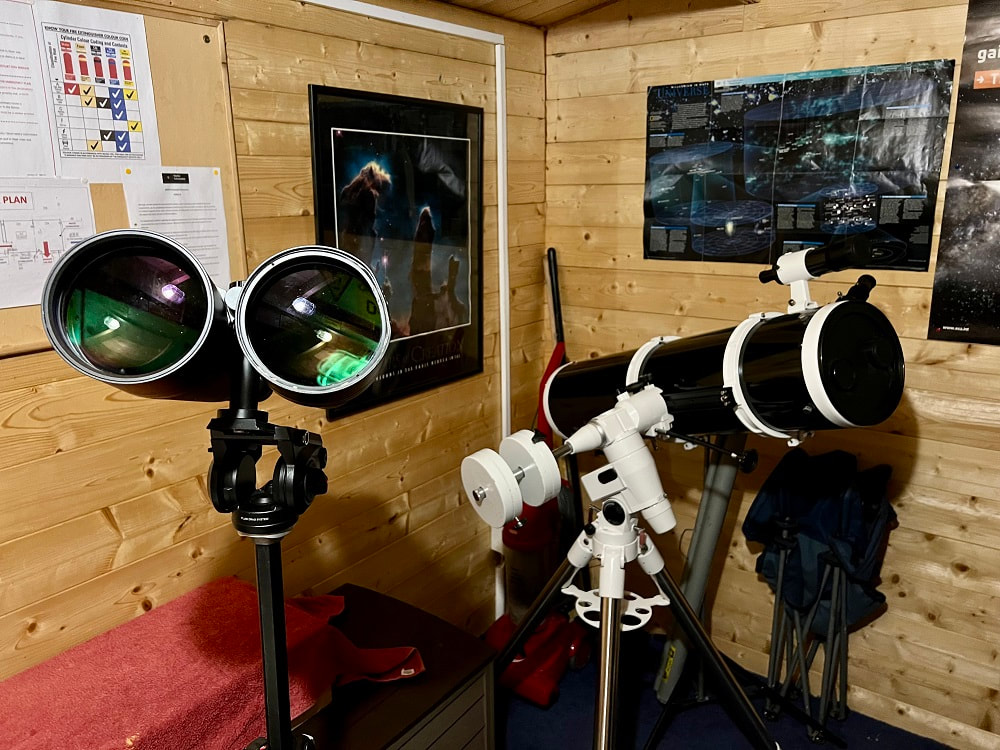
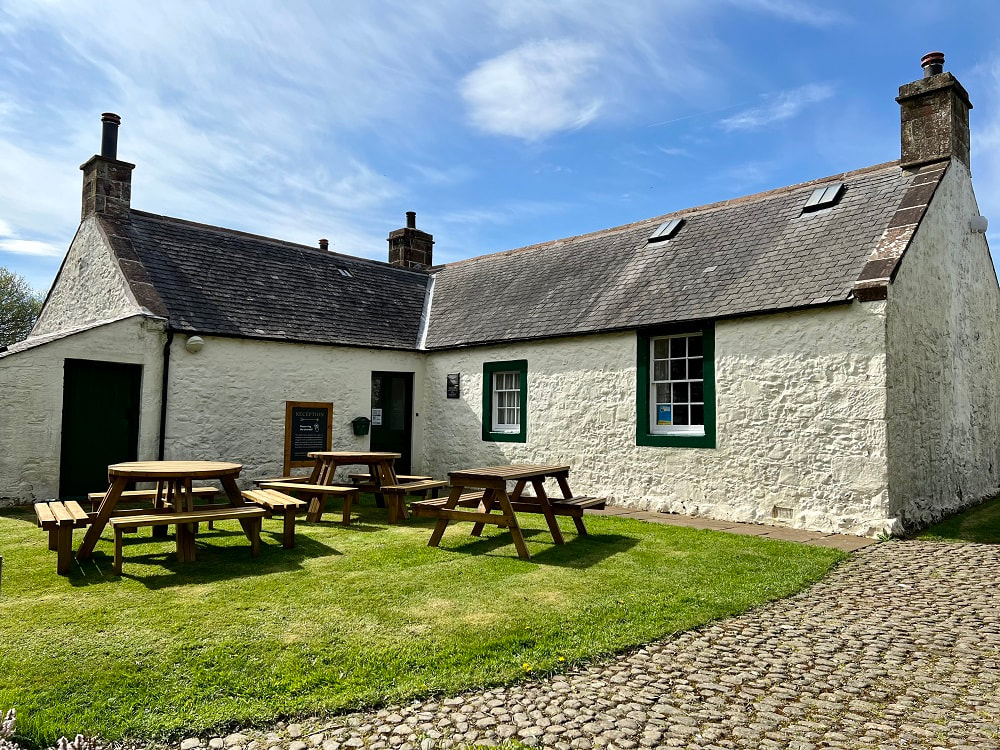
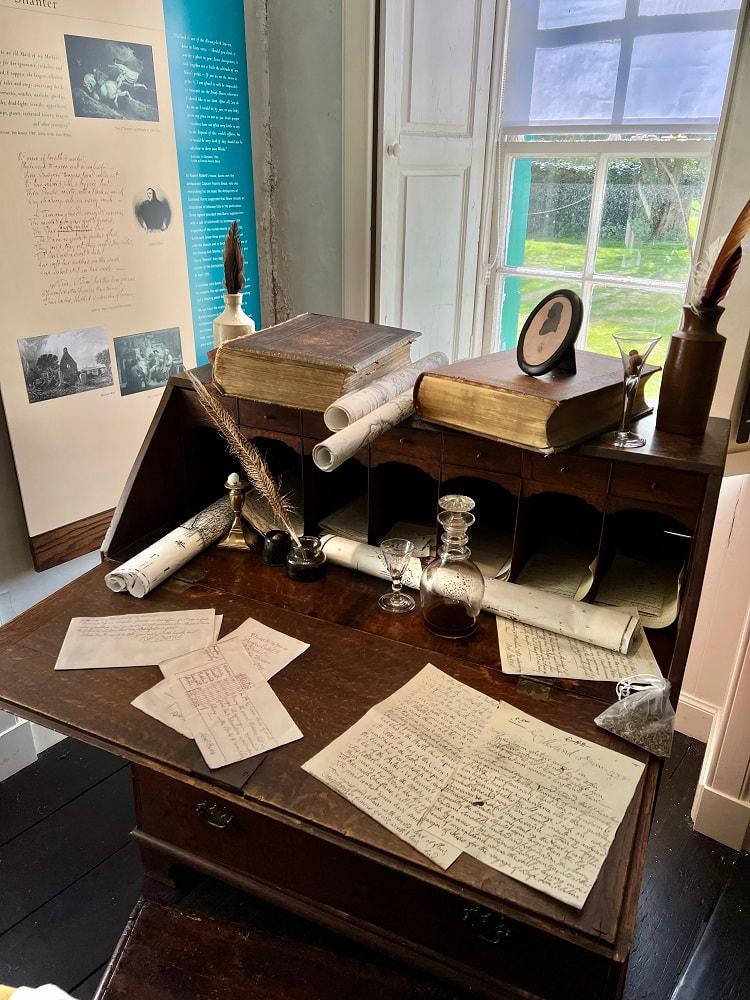
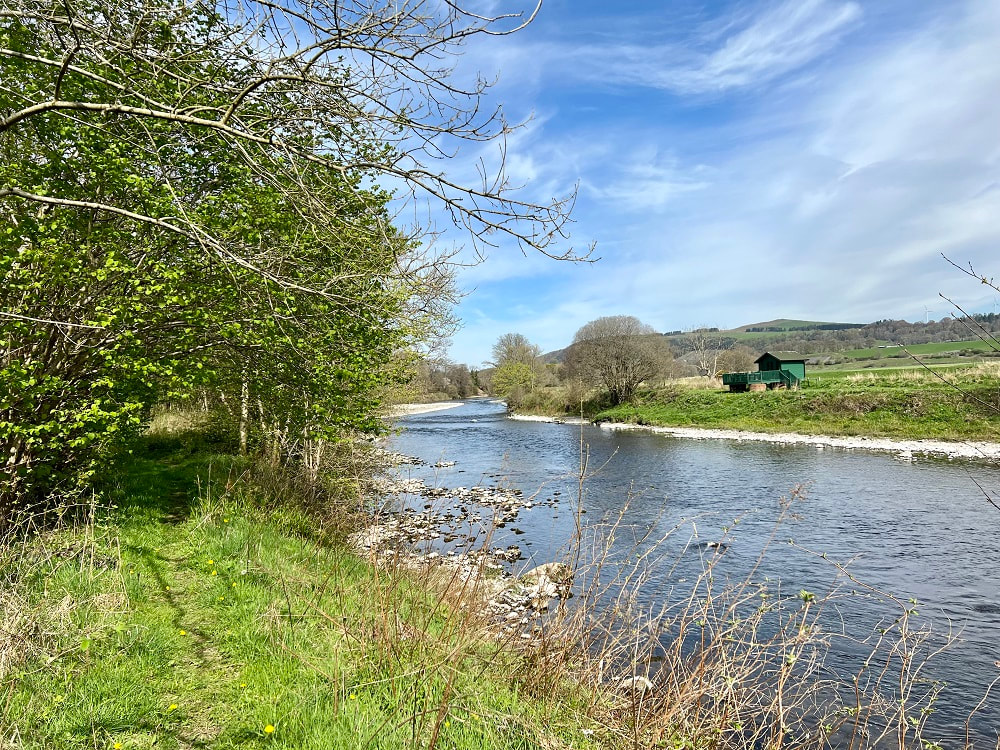
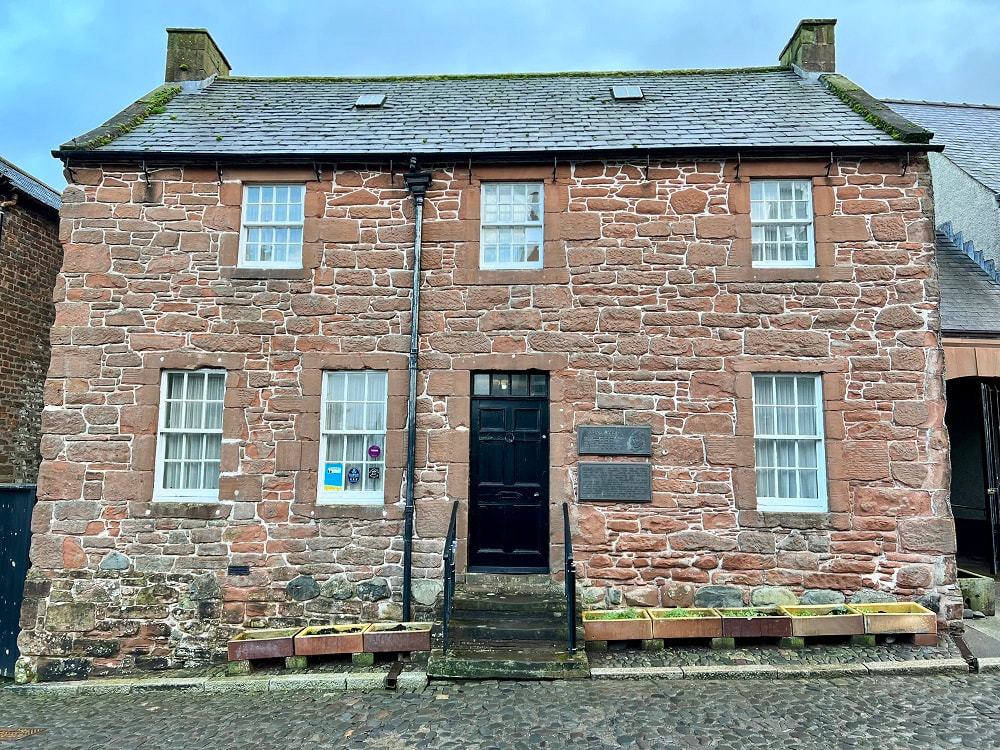
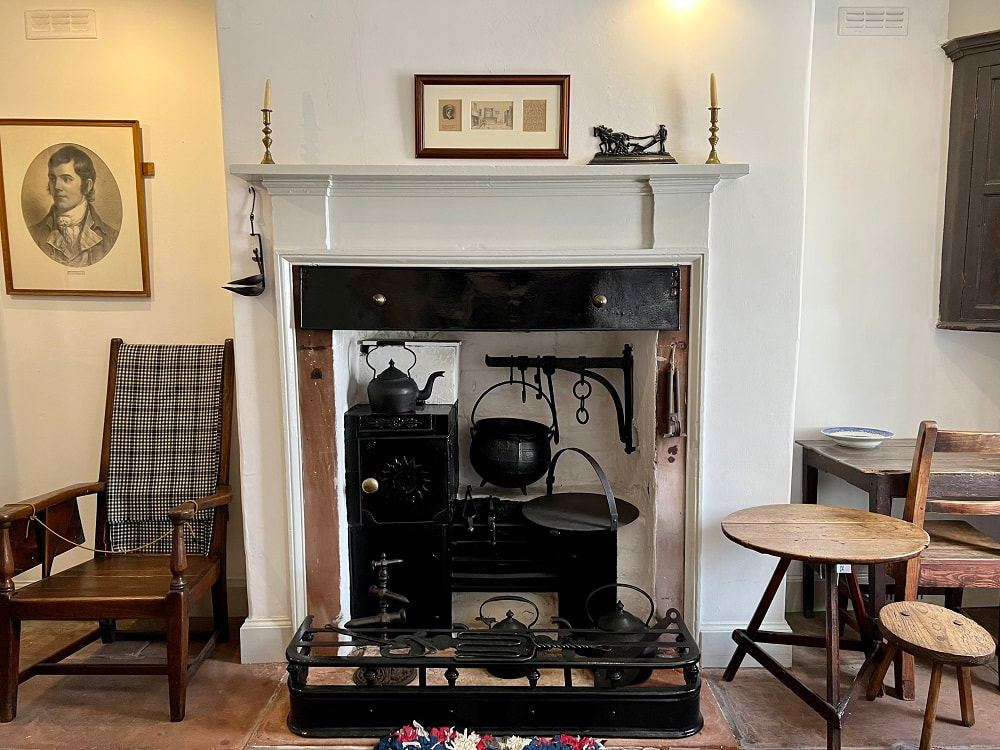
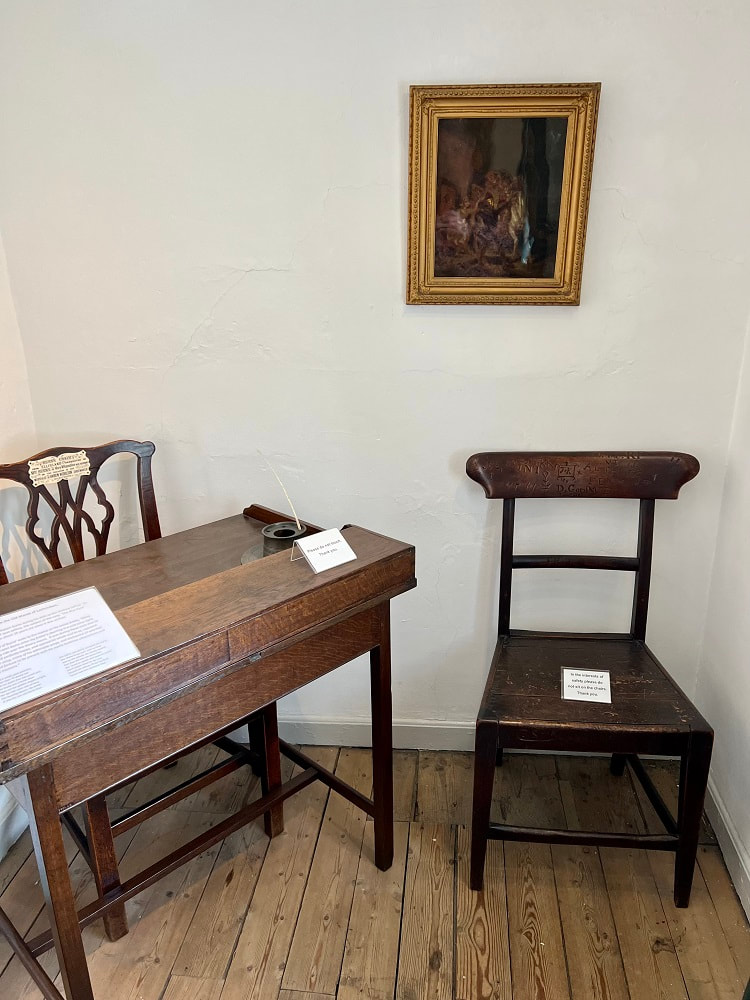
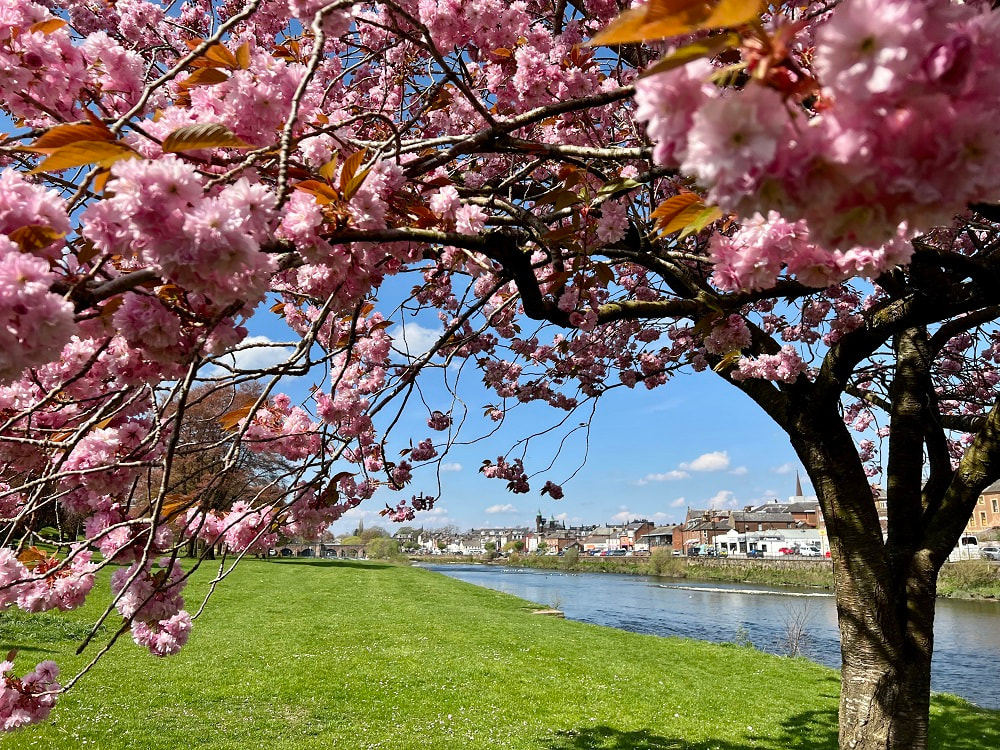
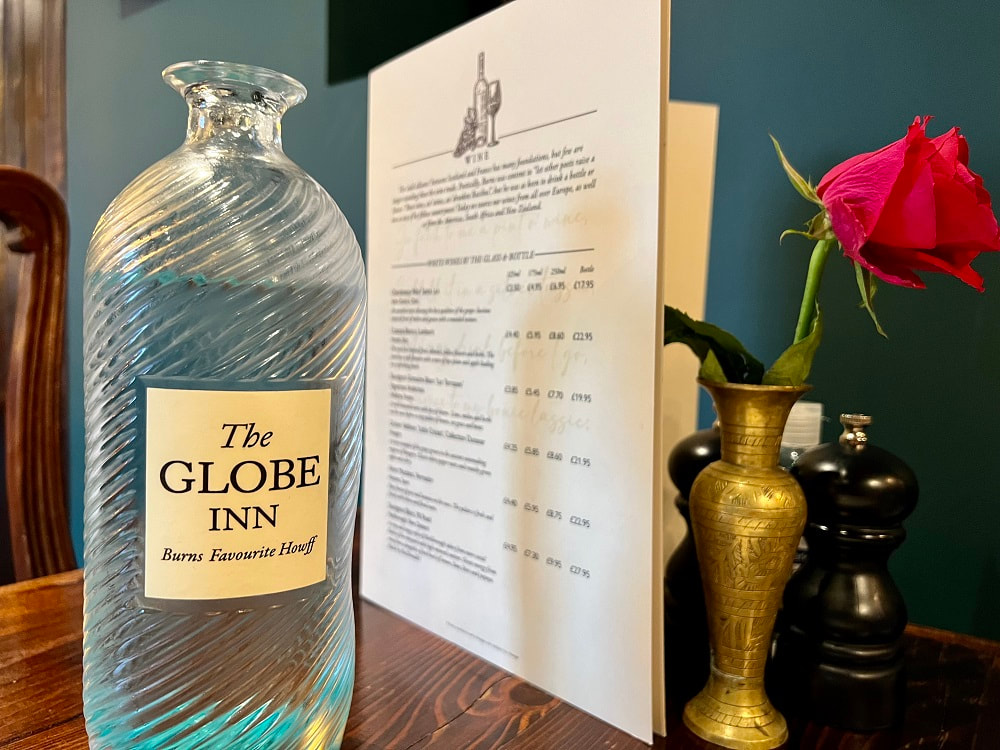
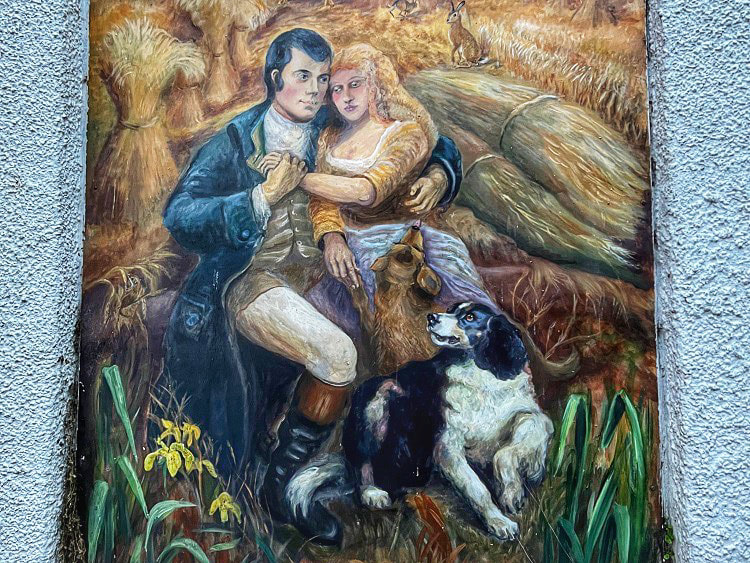
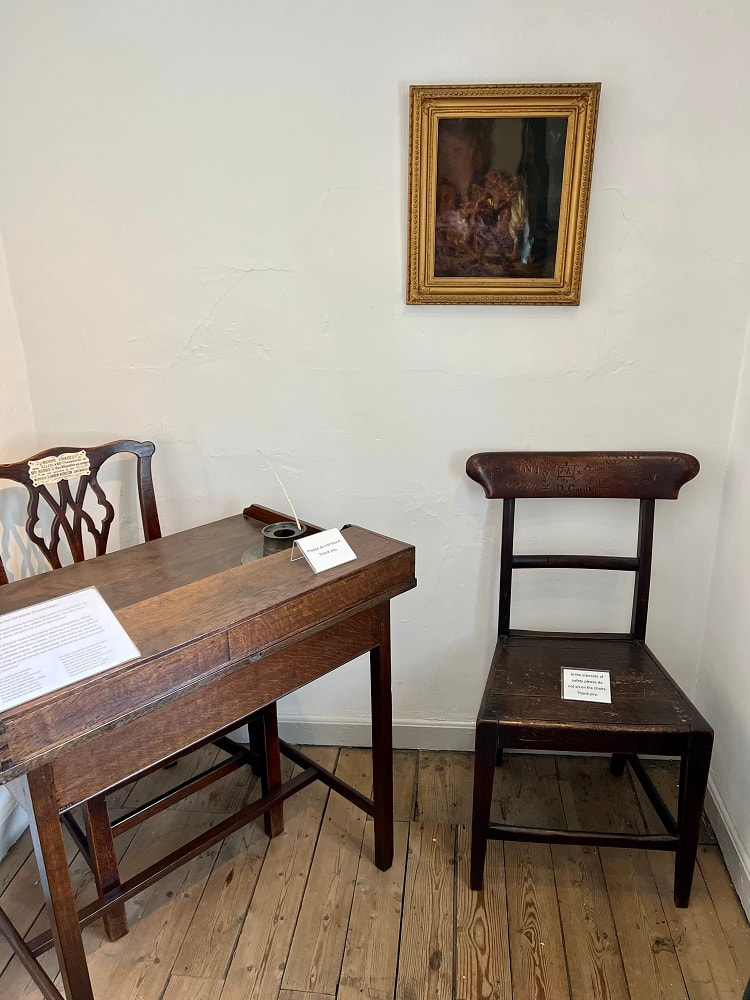
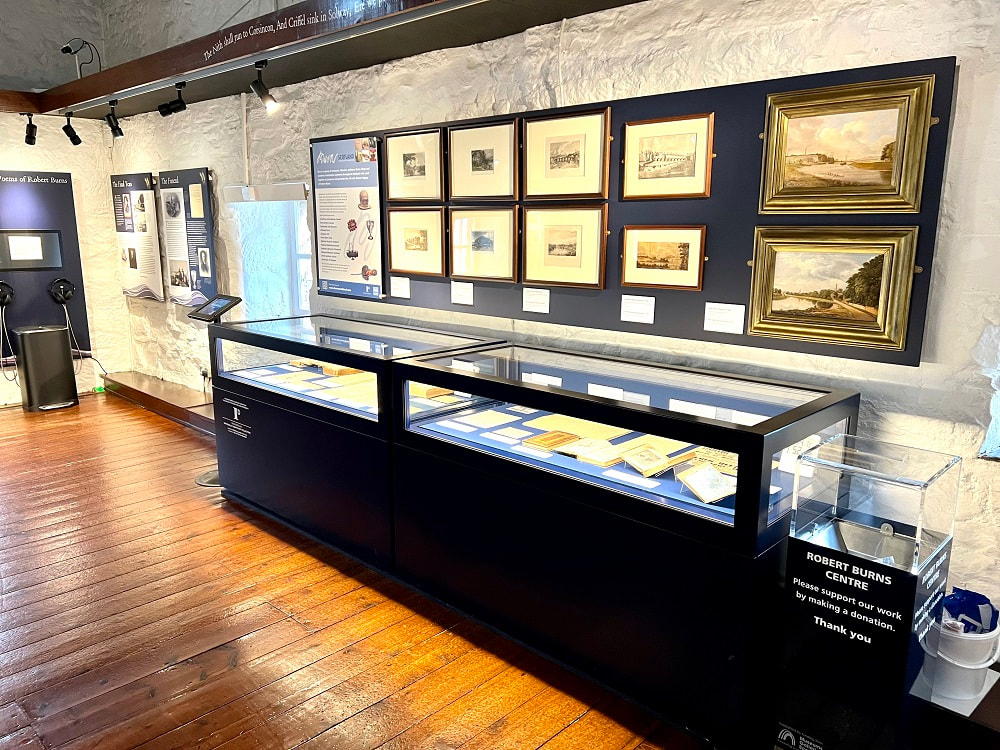
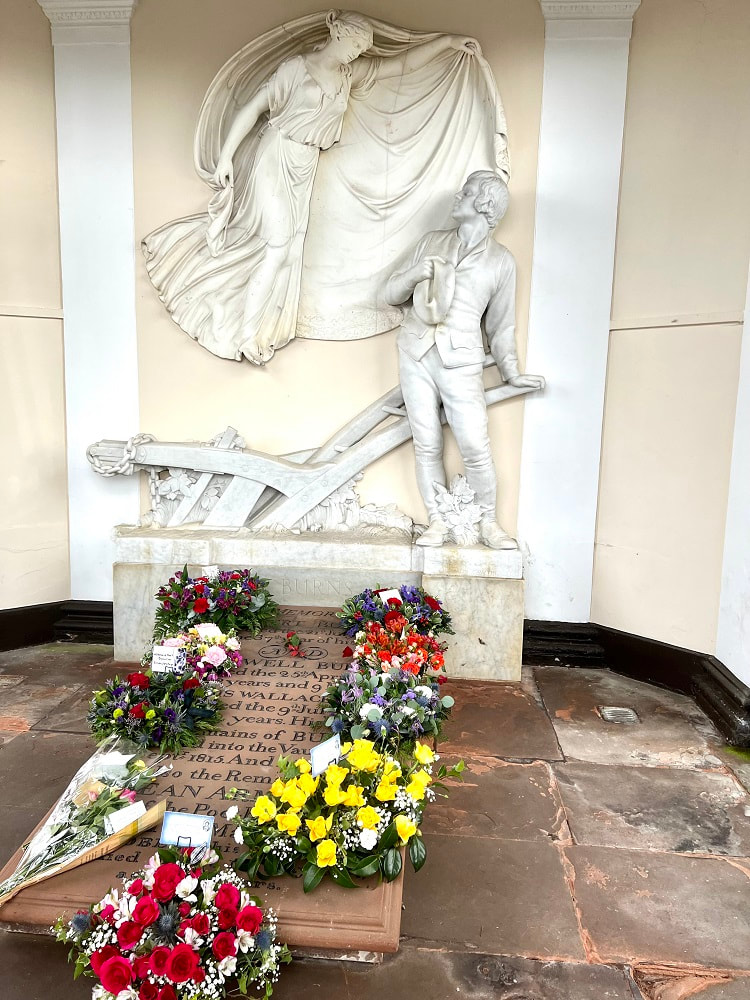


 RSS Feed
RSS Feed
